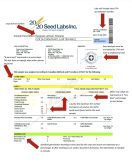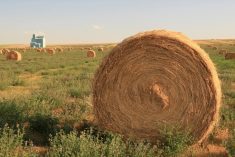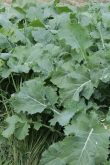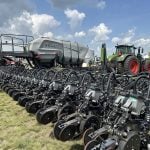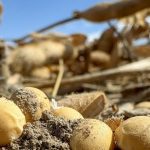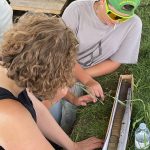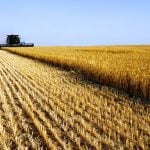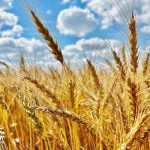Every forage plant holds some sort of risk without proper management, and it’s becoming harder for producers to get the right information.
After an extensive career working with beef and dairy herds across Texas and South Carolina, Dr. Dan Undersander, professor emeritus at the University of Wisconsin, still likes travelling around North America to talk with farmers about their forage needs.
Producers are underusing legumes in forage mixes as a way to improve soil health, he says, so picking effective nitrogen fixers is an important decision, both for soils and graziers. When combining different plants into a mix there is always the potential for problems.
Read Also
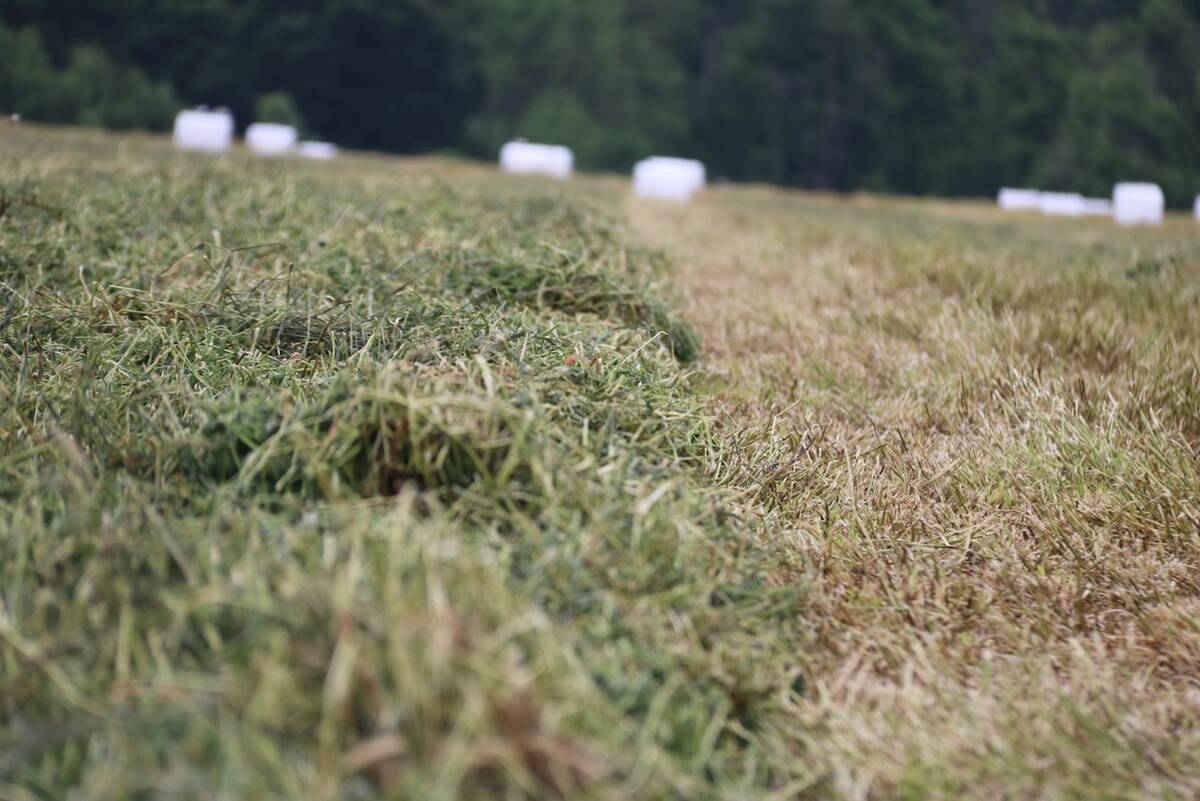
New high performance forage training program to launch in 2026
A new Canadian Forage and Grasslands Asssociation high performance forage program will be a resource for farmers, agronomists and others in the forage sector.
“All forages can cause health issues under some circumstances,” he says. “All of them take some management, I think, to go with the crop if you’re going to really benefit from them.”
Most forage plants themselves aren’t toxic. Hairy vetch, while touted as an excellent forage plant by Undersander, has been known to cause problems when harvested after it’s gone to seed. According to the University of California Agriculture and Natural Resources, while the risk of hairy vetch is low, it should still not be a primary forage for horses or cattle. The seeds can cause neurological issues in livestock, and foliage may cause dermatitis in some black cattle.

Undersander also notes the dangers of too much alfalfa and white clover for horses and sheep. In one trial at the University of Wisconsin, researchers had one group of sheep graze red clover, while another grazed birdsfoot trefoil, says Undersander. Lambing percentages were half in the red clover-grazing sheep of those on the birdsfoot.
“Red clover has some estrogen that, under some circumstances, will prevent ovulation and we didn’t get any lambs off that crop,” says Undersander.
But even the birdsfoot had its own problems with toxic compounds in the seeds, he adds.
Cedric MacLeod is the executive director of the Canadian Forage and Grassland Association, as well as an agronomist and grazier. He says it’s important for producers to know what’s in their forage mixes and how they interact with each other, especially as producers head into spring and get ready to plant or manage their pastureland.
Before planting a forage mix, it’s also important for producers to know what their own goals are in the field, he adds.
This is where it is important to have a strong relationship with your seed provider. As a former seed salesperson himself, MacLeod says he focused on these goals for his clients instead of the price, and graziers should be aware of that themselves when they start looking for seed.
“There’s value in looking towards predetermined mixes but making sure those mixes in the catalogue fit your individual goals should be the primary objective of any grower.”
Forage mix labels can often be confusing, he says. A common problem is understanding what the labels mean to a forage stand.
“The percentages on their seed tag are by weight and not proportion of seeds in the mix, and I think that is fairly commonly missed. Just because it says 70 per cent alfalfa doesn’t mean you’re going to get 70 per cent alfalfa in the final stand.”
Graziers cannot just rely on the tags when it comes to deciding what’s in their field and what they are going to achieve with their forage, says MacLeod.
If producers can build that sales and service relationship with their provider, that could mean there is another set of eyes on problems such as seed toxicity and soil health.
However, relationships between agronomists and producers have changed over the years, says MacLeod. Agronomy services might not be readily available to every producer, which means producers can sometimes be making these important decisions on their own.
“Historically, maybe you could speak to a regional forage specialist and you could design a mix and then you could take that to your salespeople and they could quote it. But you need to have that background agronomy all figured out. That’s not currently available to growers.”
This is an issue that’s happening across the country, says MacLeod, but moving east to west it’s a problem of scale. A farmer in Ontario with 1,000 acres of forage land is not going to have the same seed needs and issues as a 10,000-acre farmer in Saskatchewan.
In his Canadian Forage and Grassland Association’s 14th annual conference session, “Long-term impacts of maintaining perennial forages in rotation,” back in November, Undersander spoke about how forage systems can reduce CO2 and NO2 emissions.
Cover crops are beneficial in reducing the effects of erosion as well, he said.
Producers can access the free Forage U-Pick calculator at beefresearch.ca/tools/interactive-calculators. The tool provides information on forage selection, seeding rates and weed management, and is designed to be used in conjunction with advice from local professionals.
– Becky Zimmer is a freelance journalist based in Humboldt, Sask. Her farming and small-town background has given her a wealth of knowledge and passion for Prairie journalism, provincial and national government policies, civic politics, community events and the challenges of rural health care and infrastructure.



